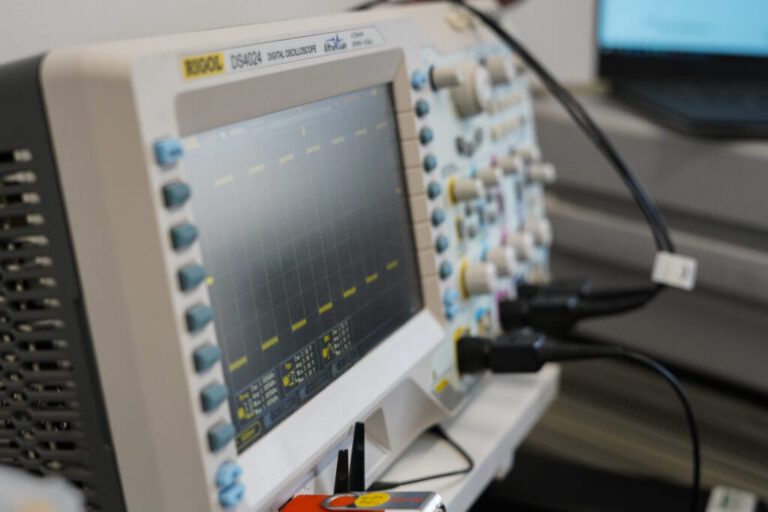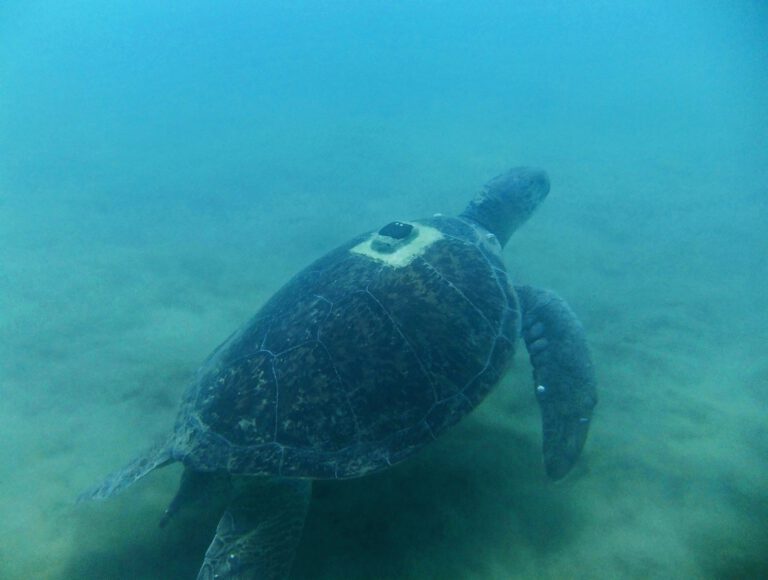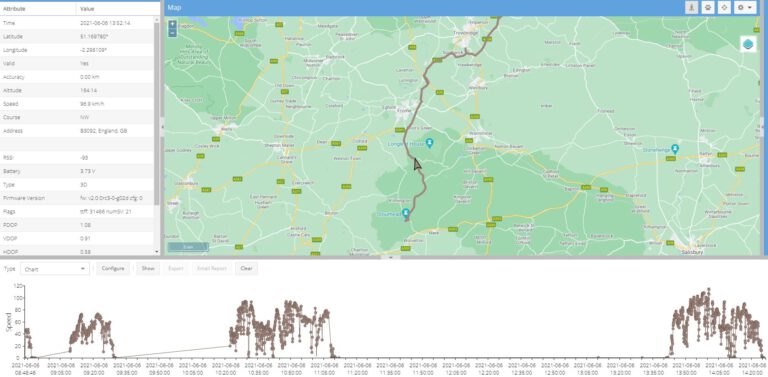Making Sense of
Sensors
In the connected world of the Internet of Things (IoT), the starting point is almost always with a sensor. Our design expertise spans a massive variety of sensor solutions from the mundane to the exotic.
Sensors capture every aspect of the world around us. Our solutions will typically integrate a rich blend of sensors from thermal and visible imaging to humidity and chemical sensing.
Our designs have incorporated many different varieties of sensor, some highly complex, others very simple. A push button or magnetic reed switch is a sensor, and so is a GNSS receiver for global positioning, but they require very different levels of understanding and integration skill into a product. Many of our product designs have incorporated GNSS solutions which require good RF design expertise and intricate configuration to get the best performance from any particular device.
Signal processing
We have developed systems which can analyse motion from accelerometers, gyroscopes and data from magnetometers where signal processing techniques are used to extract relevant data from noisy sensor outputs. This extends to gesture sensing and various ranging solutions such as LIDAR and 60GHz. This signal processing is a core skill that is applied across many other sensors we use.


Environment and chemical sensors
We use an array of environmental sensors in our designs to measure temperature, pressure, and humidity. We have also deployed chemical sensors measuring pH in the Southern Ocean around Antarctica combined with sea and air temperature.
Data capture and transmission
In all these cases the sensor data must be suitably captured and processed then robustly stored or transmitted for analysis. While our wireless capabilities come in to play when it comes to transmitting the data, we are also able to develop cloud repositories and visualisations of the captured data using tools such as Amazon Web Services (AWS), Google Cloud or Traccar.

